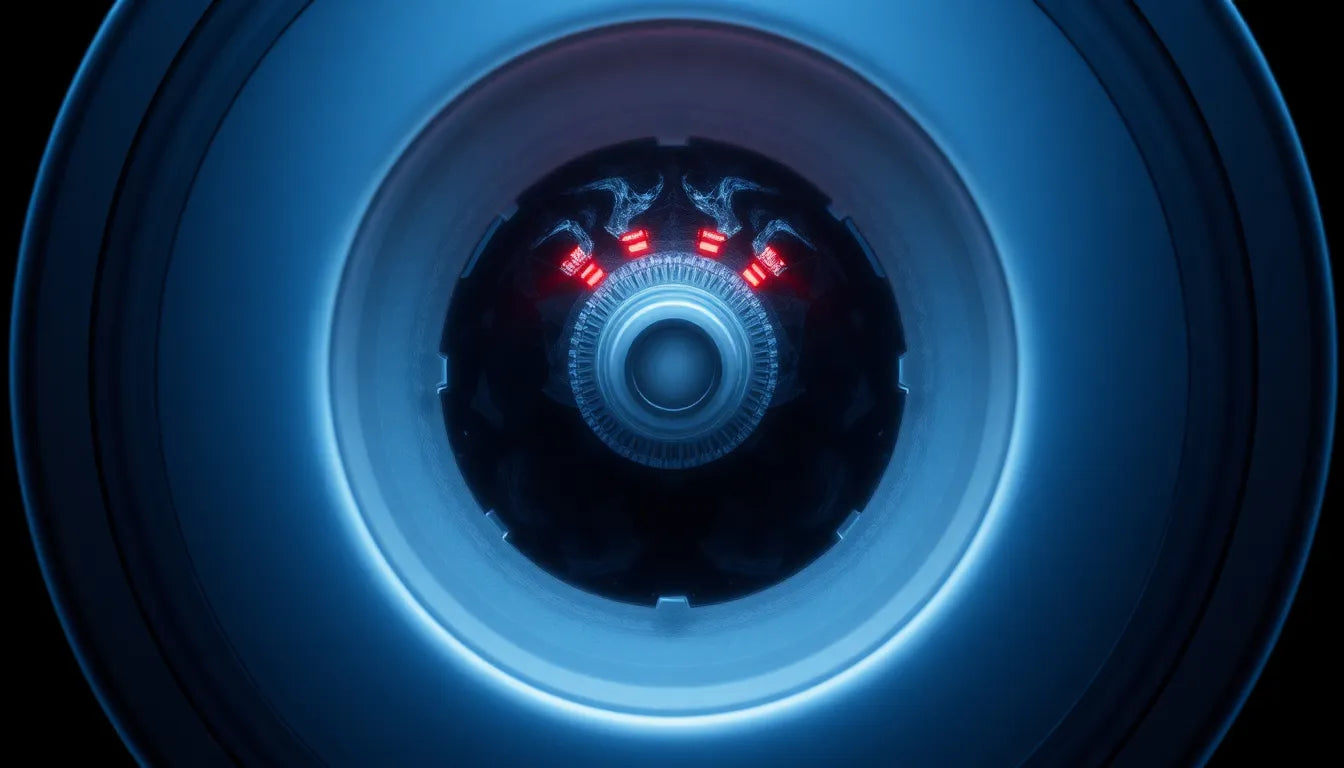When it comes to spinal health, the thoracic herniated disc is a condition that often flies under the radar. While less common than its cervical and lumbar counterparts, a thoracic herniated disc can have a profound impact on one's quality of life. This condition occurs when the inner gel-like core of a disc in the thoracic spine bulges through its tough outer layer, potentially pressing on surrounding nerves or the spinal cord. Understanding this condition is crucial for identifying symptoms, exploring treatment options, and implementing preventive measures to manage it effectively.
anatomy of the thoracic spine
The thoracic spine, a vital component of the human skeletal system, plays a key role in maintaining our posture and protecting the spinal cord. Comprising 12 vertebrae, this segment of the spine is uniquely positioned between the cervical (neck) and lumbar (lower back) regions. The thoracic spine is distinct in its function, providing stability and support to the upper body while safeguarding the spinal cord from potential injury.
Understanding the anatomy of the thoracic spine is essential in recognizing how herniations can affect this area. Each vertebra in this region is connected to a pair of ribs, forming a protective cage around vital organs such as the heart and lungs. This structural arrangement not only supports the upper body but also limits the range of motion compared to other spinal regions, which is why thoracic herniations are less frequent. However, when they do occur, the consequences can be significant, leading to symptoms that range from mid-back pain to neurological deficits.
By appreciating the intricacies of the thoracic spine, individuals can better understand the potential impact of a herniated disc in this region. This knowledge is the first step in identifying symptoms early, seeking appropriate treatment, and adopting lifestyle changes to prevent further complications. As we delve deeper into this topic, we will explore various aspects of thoracic herniated discs, from symptoms and diagnosis to treatment options and preventive strategies, ensuring a comprehensive understanding of this condition.
symptoms and diagnosis of thoracic herniated disc
Recognizing the symptoms of a thoracic herniated disc is crucial for early intervention and effective management. Commonly, individuals with this condition experience mid-back pain, which can sometimes radiate to the ribs or chest wall, mimicking more serious conditions such as cardiac issues. Additionally, neurological symptoms like numbness or tingling in the abdomen or chest may occur, particularly if the herniation compresses nerve roots or the spinal cord.
Accurate diagnosis of a thoracic herniated disc typically involves a combination of imaging techniques and clinical evaluation. Magnetic Resonance Imaging (MRI) is the gold standard for visualizing herniated discs, providing detailed images of soft tissues, including the spinal discs and nerves. Computed Tomography (CT) scans can also be used, offering a clearer view of the bone structures. In some cases, myelography, an X-ray of the spinal canal after injecting a contrast dye, may be employed to assess nerve compression.
In addition to imaging, a thorough medical history and physical examination are essential. Physicians will evaluate symptoms, assess neurological function, and consider any history of trauma or degenerative conditions that could contribute to disc herniation. This comprehensive approach ensures an accurate diagnosis, paving the way for effective treatment planning.
treatment options for thoracic herniated disc
When it comes to managing a thoracic herniated disc, treatment strategies can range from conservative approaches to surgical interventions, depending on the severity of symptoms and the patient's overall health.
conservative management
Conservative treatment is often the first line of defense against thoracic herniated disc symptoms. Initial strategies include rest and activity modification to alleviate pain and prevent further injury. Nonsteroidal anti-inflammatory drugs (NSAIDs) and acetaminophen are commonly prescribed to manage pain and reduce inflammation.
Physical therapy plays a pivotal role in conservative management. Tailored exercises can strengthen the core muscles, improve posture, and enhance flexibility, all of which help to support the spine and minimize stress on the affected area. Additionally, lifestyle adjustments, such as ergonomic changes at work and home, can reduce spinal strain and prevent symptom exacerbation.
interventional procedures
For patients whose pain persists despite conservative measures, interventional procedures may be considered. Nerve blockades, which involve injecting anesthetics near the affected nerves, can offer temporary pain relief. Epidural steroid injections are another option, targeting inflammation and providing longer-lasting pain reduction.
surgical options
Surgery is generally reserved for severe cases where conservative treatments have failed, or when there is significant neurological impairment. Surgical techniques for thoracic herniated discs include discectomy, where the herniated portion of the disc is removed, and spinal fusion, which stabilizes the affected vertebrae. Minimally invasive methods, such as Video-Assisted Thoracoscopic Surgery (VATS), are gaining popularity due to their reduced recovery times and lower risk of complications.
While surgery carries inherent risks, it can offer substantial relief and improved function for patients with debilitating symptoms. The decision to proceed with surgery should be made in consultation with a spine specialist, considering the potential benefits and risks involved.
In conclusion, understanding the symptoms and treatment options for thoracic herniated discs is essential for effective management. Early diagnosis and a tailored treatment plan can significantly improve outcomes, helping individuals regain their quality of life. As we continue exploring this topic, we will delve into prevention strategies and long-term outlooks, ensuring a comprehensive approach to managing thoracic herniated discs.
Prevention and management strategies for thoracic herniated disc
Preventing a thoracic herniated disc involves a proactive approach to spinal health. Maintaining proper posture is crucial, as poor posture can place undue stress on the thoracic spine, increasing the risk of disc herniation. Ergonomics play a vital role here; using supportive seating and ergonomic aids can help reduce spinal strain during daily activities.
Core strengthening exercises are another essential component of prevention. These exercises enhance the muscles that support the spine, thereby reducing the likelihood of injury. Examples of effective exercises include planks, bridges, and other targeted workouts that focus on the abdominal and back muscles. Consistently incorporating these exercises into your routine can significantly bolster spinal health.
Additionally, it is important to be mindful of activities that might exacerbate stress on the thoracic spine. High-risk activities, such as heavy lifting or repetitive twisting motions, should be modified or avoided to prevent further injury. Adopting safe techniques and using assistive devices when necessary can help minimize the risk of aggravating the spine.
Prognosis and long-term outlook
The prognosis for individuals with a thoracic herniated disc is generally positive, especially with early intervention and appropriate treatment. Most cases improve significantly with conservative management, which includes rest, medication, and physical therapy. These measures can alleviate symptoms and promote healing over time.
For those who undergo surgery, the outcomes are often favorable, with many patients experiencing substantial relief from symptoms and improved function. Surgical intervention is particularly beneficial in cases where there is significant neurological impairment or when conservative treatments have not provided adequate relief.
Long-term management involves ongoing attention to spinal health, incorporating preventive strategies to avoid recurrence. By maintaining a healthy weight, engaging in regular exercise, and making ergonomic adjustments in daily life, individuals can support their recovery and reduce the risk of future herniations.
Frequently asked questions
What causes a thoracic herniated disc?
Common causes include trauma, degenerative disc disease, and repetitive stress on the spine. These factors can weaken the disc's outer layer, allowing the inner core to protrude and potentially compress nearby nerves.
How long does recovery take?
Recovery time varies depending on the severity of the herniation and the treatment approach. Conservative treatment may take weeks to months, while surgical recovery can extend longer, often requiring several months for full rehabilitation.
Can a thoracic herniated disc heal on its own?
While complete self-healing is rare, many cases improve with conservative management. Rest, physical therapy, and medication can alleviate symptoms and promote healing, although some degree of medical intervention is often necessary.
What lifestyle changes can help prevent recurrence?
Maintaining a healthy weight, engaging in regular exercise, and making ergonomic adjustments are key preventive measures. These changes can help reduce stress on the spine and support overall spinal health.
When should I consider surgery?
Surgery is considered when there is significant neurological impairment or when conservative treatments fail to provide relief. It is important to consult with a spine specialist to evaluate the potential benefits and risks before proceeding with surgical intervention.
Sources
- Physio-pedia. "Thoracic Herniated Disc."
- Spine-health. "Thoracic Herniated Disc."
- PubMed. "Surgical Outcomes of Hard Thoracic Herniated Discs."
- Barrow Neurological Institute. "Classification of Thoracic Disc Herniations."
- Pace Hospital. "Thoracic Herniated Disc: Prevention and Management."
- DFW Scoliosis Institute. "Advanced Surgical Techniques for Thoracic Herniated Discs."


















